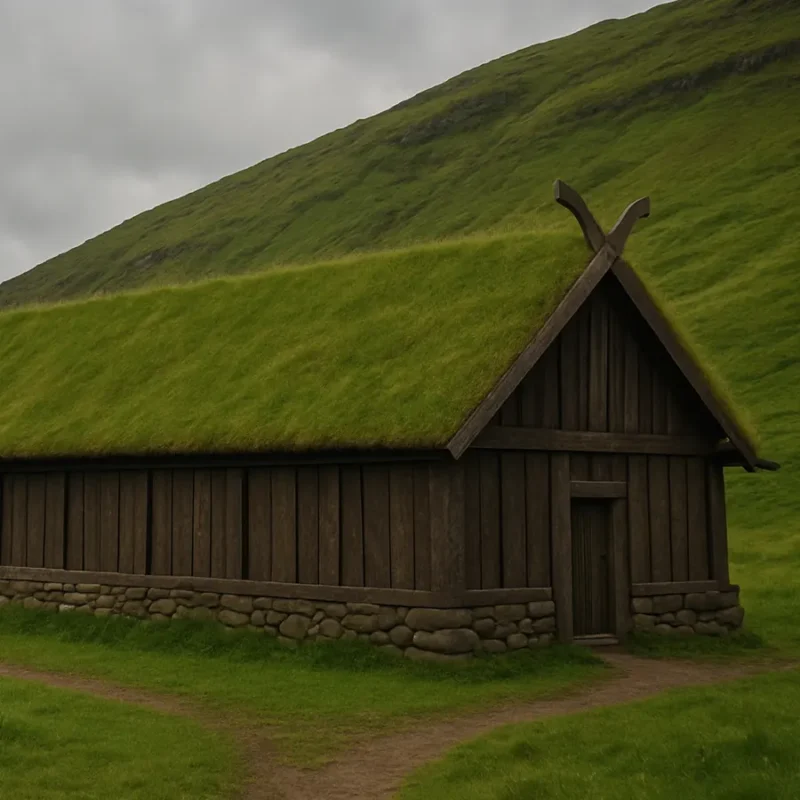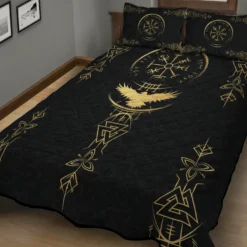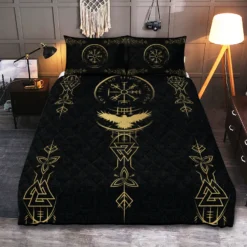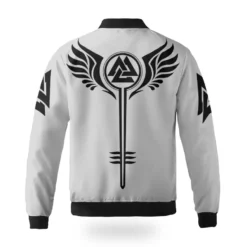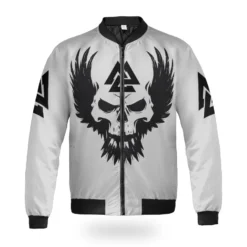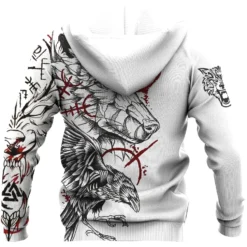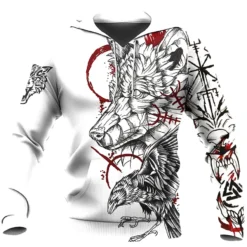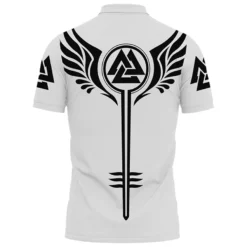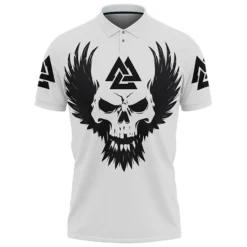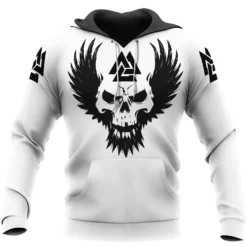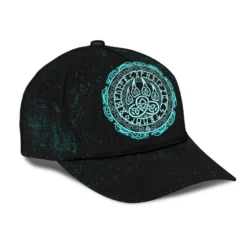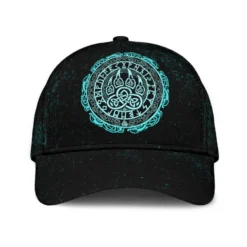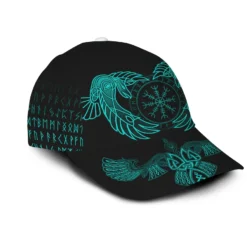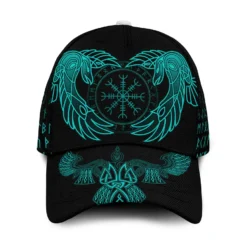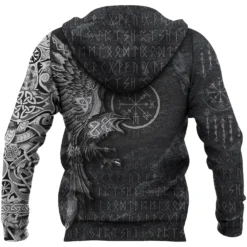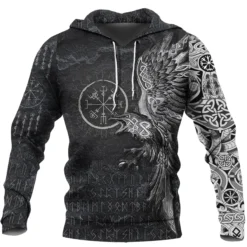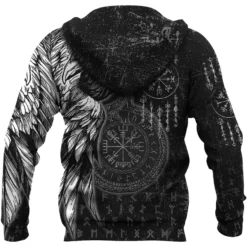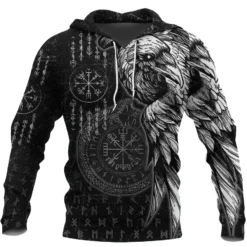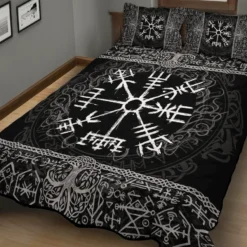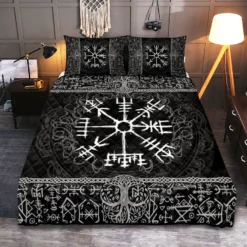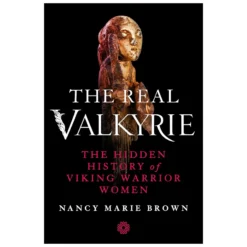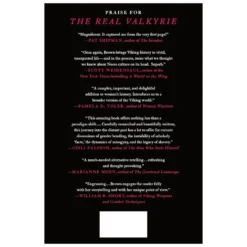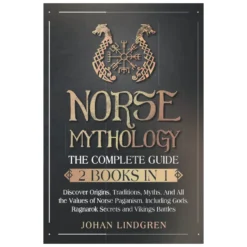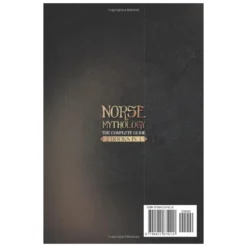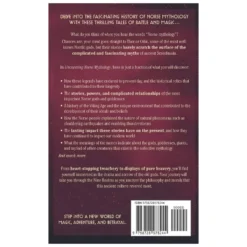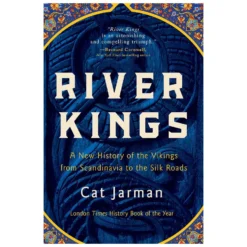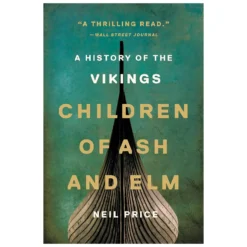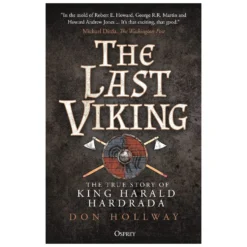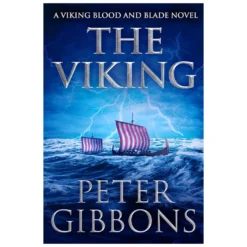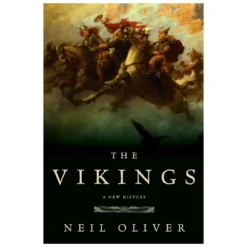Viking Blog
Viking Houses: 8 Timeless Architectural Wonders of the North
People know the Vikings for being fierce raiders and seafarers. But their homes backed their legendary voyages. Viking houses were not shelters. They symbolized survival, community, and craftsmanship. This was essential in one of Europe’s harshest climates. These homes, made from natural materials, show how the Norse lived and worked. They reflect both necessity and culture, telling their unique story.
Let’s look at eight amazing types of Viking houses. They show the cleverness of northern builders.
Longhouses – The Heart of Viking Life
The most iconic of all Viking houses was the longhouse. Longhouses measured up to 75 meters long. They were communal homes where families lived with their animals. The walls were usually wooden or made of turf. They had thatched or sod roofs. These roofs helped keep the warmth in during harsh winters.
Inside, a central fire burned without interruption, providing warmth and light. Benches lined the sides for sleeping, while the middle served as the living and working space. Longhouses were not homes; they were centers of family, politics, and community.
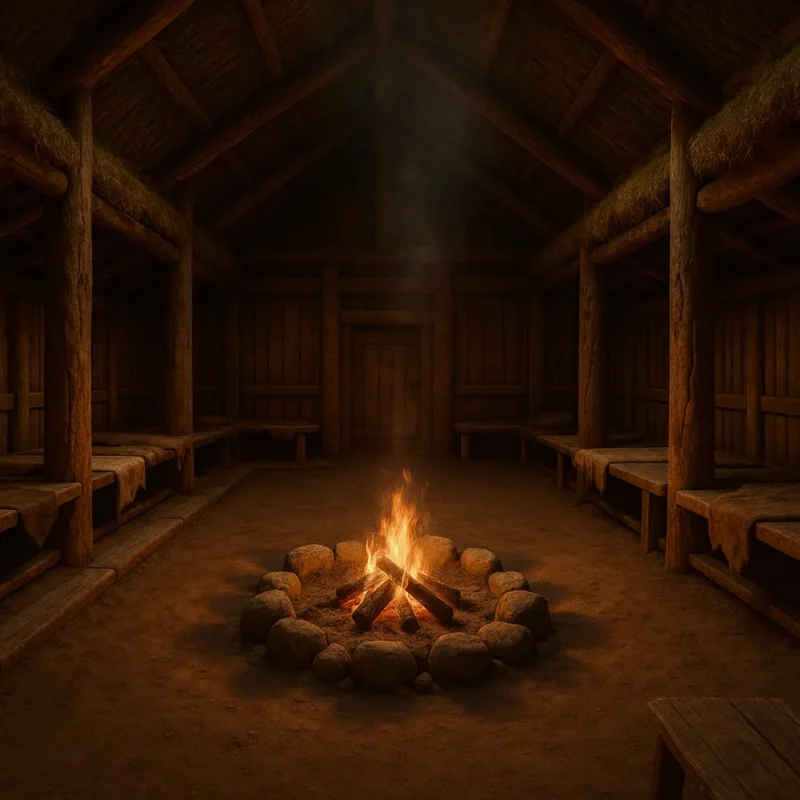
Turf Houses – Homes of Earth and Grass
In Iceland and Greenland, wood was scarce. Vikings adapted by building turf houses. They used layers of earth and grass on wooden frames. These Viking houses blended into the landscape and provided excellent insulation.
Turf houses kept families warm during the long Arctic nights. They also showed how well Norse builders adapted to their environment. Today, Iceland’s turf house reconstructions highlight the Vikings’ talent for sustainable architecture.
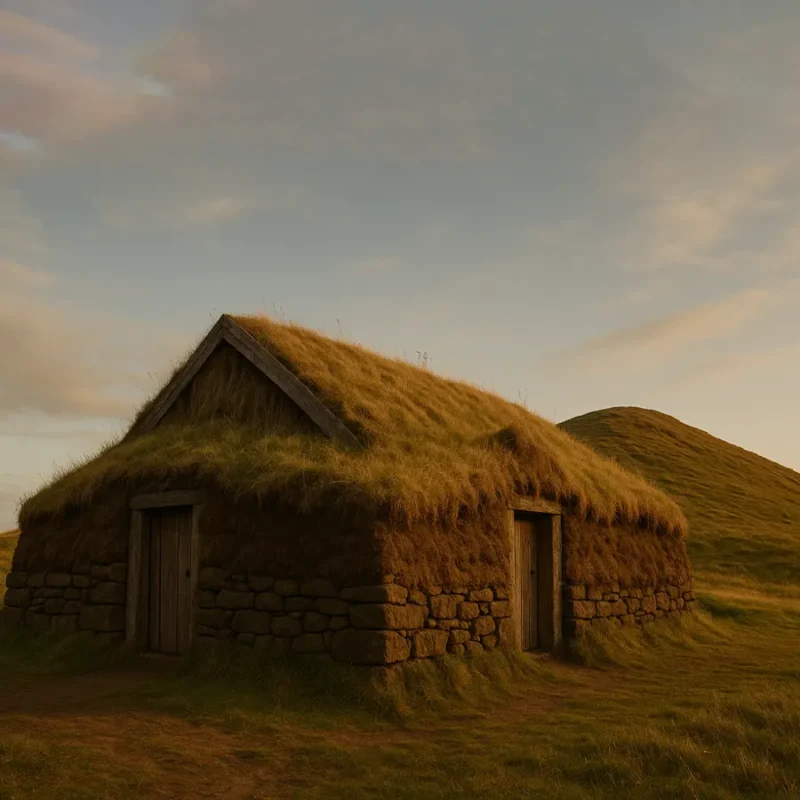
Hall Houses – Prestige and Power
Hall houses were big homes. They had fancy designs and were for chieftains and rich families. These structures were different from typical longhouses. They had carved wooden beams, decorated interiors, and more room for gatherings.
These Viking houses were symbols of power. Within their walls, leaders held feasts, negotiated alliances, and displayed wealth. They weren’t residences—they were statements of social status.
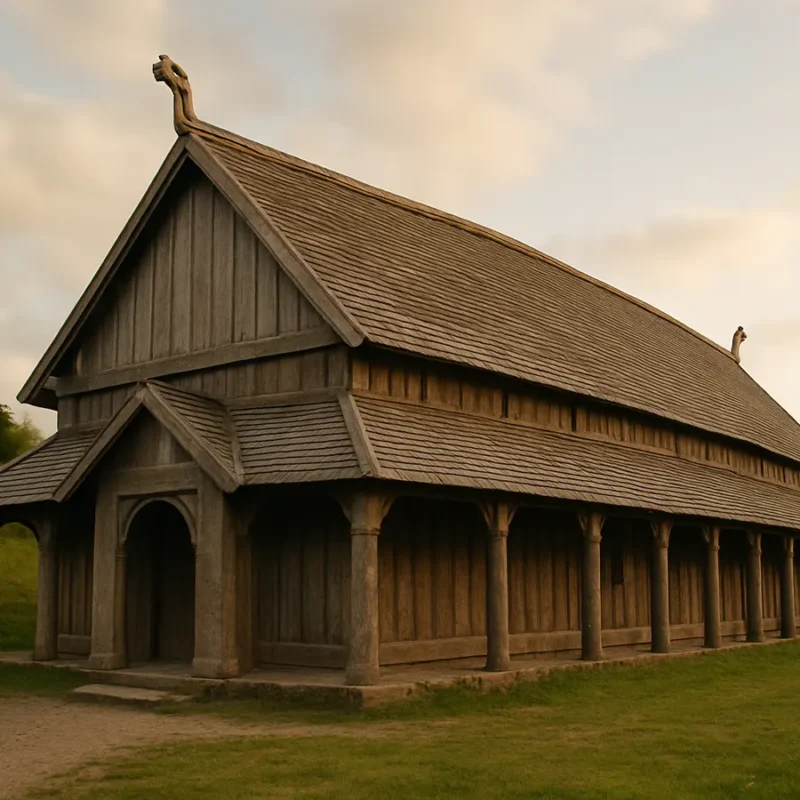
Pit Houses – Simple Shelters
Not every Viking lived in grandeur. Pit houses, known as sunken huts, were small buildings. They were partly dug into the ground, with wooden or stone walls above. They were simple, functional, and quick to construct.
These Viking houses were often used by poorer families, seasonal workers, or craftsmen. They aren’t as grand as longhouses or halls, but they show the variety in Viking communities.
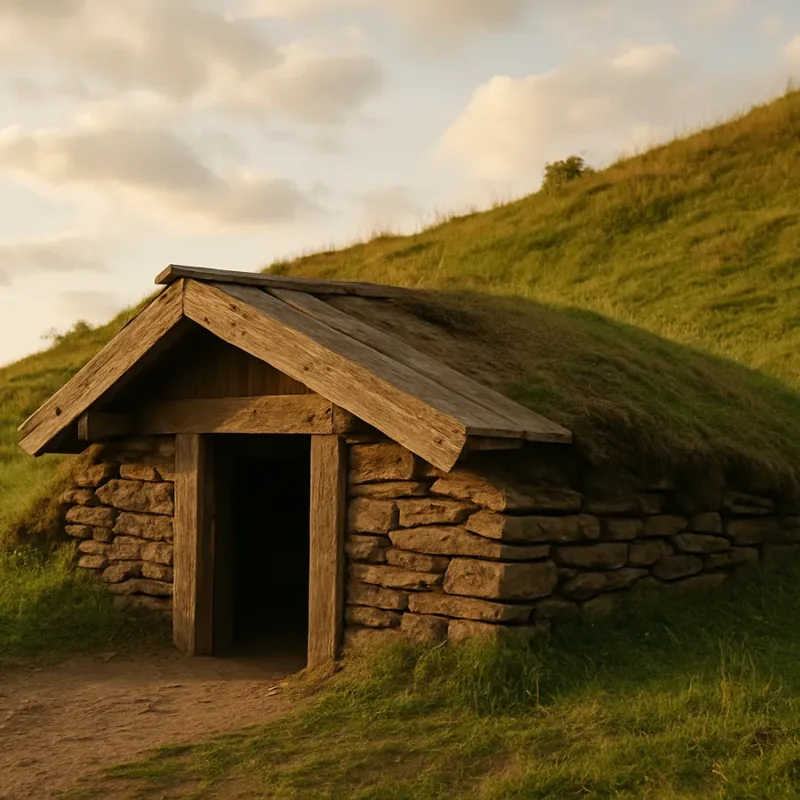
Stave Houses – Woodwork Wonders
In forested areas, Vikings built stave houses. They used vertical wooden posts called “staves.” This construction method allowed for strong, weather-resistant homes. Stave churches are well-known now, but the technique started in earlier Viking homes.
Stave houses show how Norse carpenters used local materials to create strong buildings. These structures also shaped later Scandinavian design.
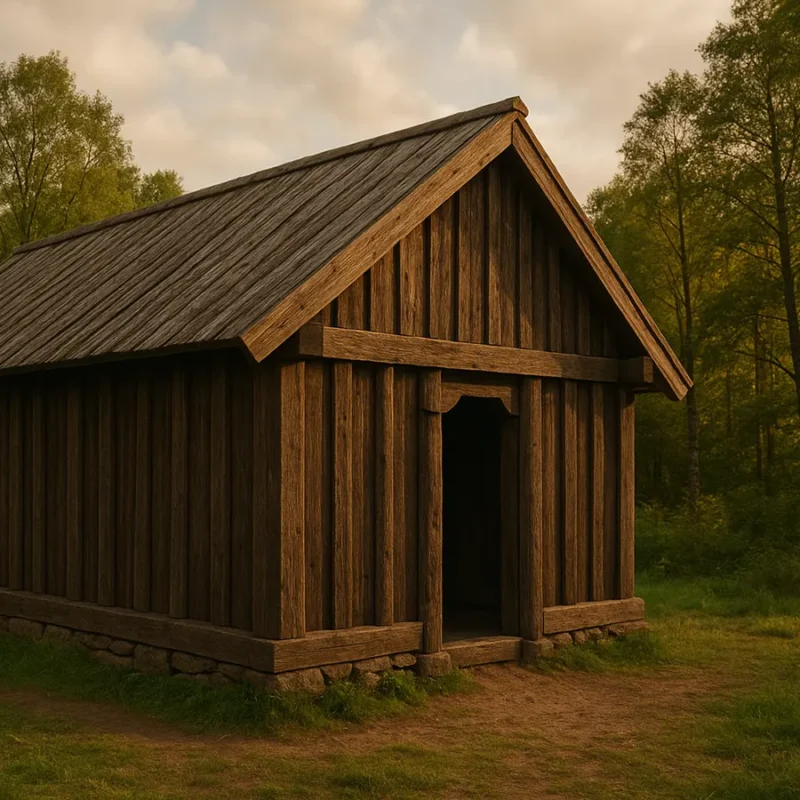
Farmstead Houses – Life on the Land
Many Vikings were farmers first and warriors second. Farmsteads were groups of buildings. They included living quarters, barns, and storage huts, all set around a courtyard. These Viking houses emphasized self-sufficiency, with every structure serving a purpose for survival.
Farmstead layouts reveal how Viking life revolved around agriculture, livestock, and family unity. The home was not separate from work—it was the very heart of it.
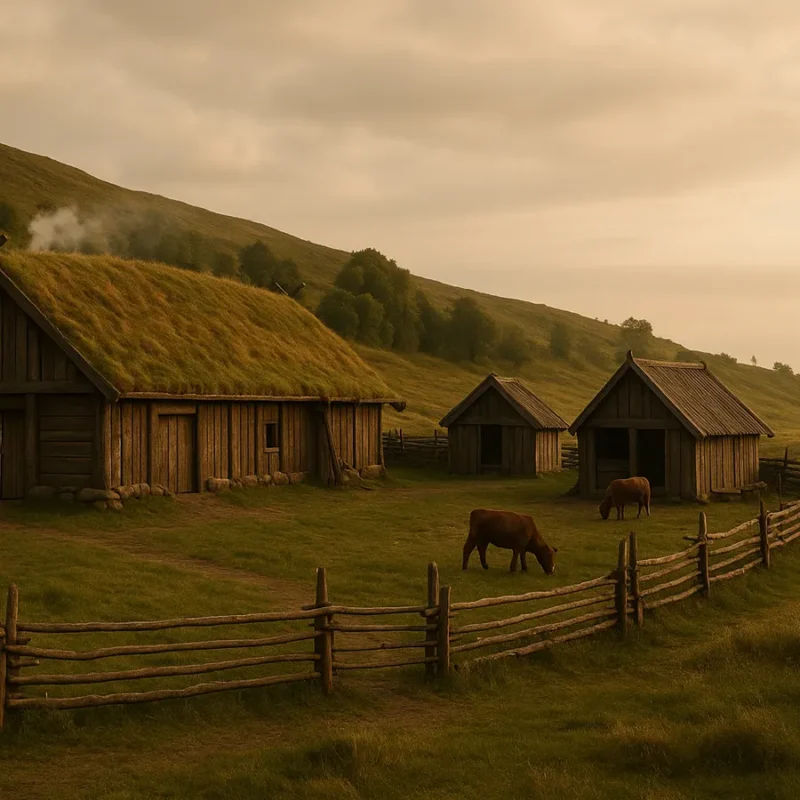
Coastal Houses – Built for Seafarers
People living near fjords and coasts adapted their homes for life at sea. Coastal Viking houses often included boat sheds and easy access to the water. The Vikings linked these homes to their identities as sailors, raiders, and traders.
Viking culture has two sides. It focuses on farming and family life, but it is also always ready for the sea.
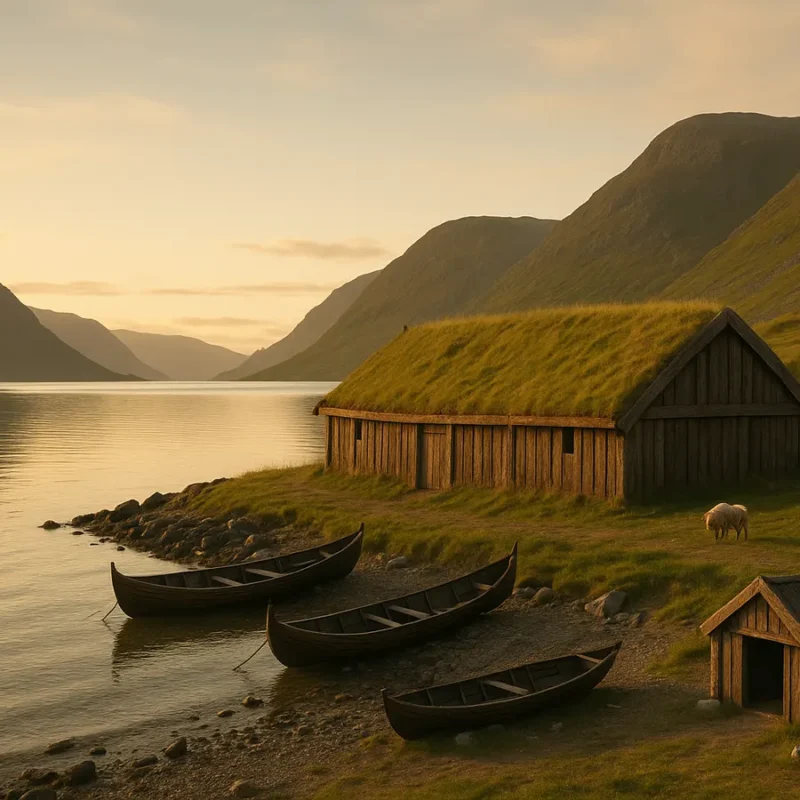
Seasonal Houses – Hunting and Exploration Shelters
Vikings were explorers and hunters. They traveled deep into forests, climbed mountains, and sailed across seas. Seasonal Viking houses were temporary shelters built during expeditions. Made from wood, turf, or even tents, they allowed Norsemen to extend their range.
These structures show how Vikings were strong and adaptable. They helped them survive in tough, new places.
Why Viking Houses Still Fascinate Us
Each Viking house shows more than design. They reveal details about society, class, and how people adapted. Longhouses and halls show community and power. Turf houses and pit houses reflect survival against the elements. Farmsteads and coastal homes link us to Viking work and seafaring life.
These homes show how the Norse balanced farming with warfare. They also balanced community life with exploration. Skilled builders, they created an enduring architectural legacy, not that of raiders.
Conclusion – The Legacy of Viking Houses
The enduring story of Viking houses lies in their practicality and symbolism. They were warm in the winter, cool in the summer, and always connected to the rhythms of Norse life. Longhouses of chieftains and pit houses of commoners each reflected the Viking world.
Reconstructed sites in Norway, Iceland, and Denmark let us step into history. They bring these homes back to life today. Viking houses still captivate us. They remind us that the Norse were not sea warriors; they were also skilled builders. Their creations are timeless wonders of the North.

